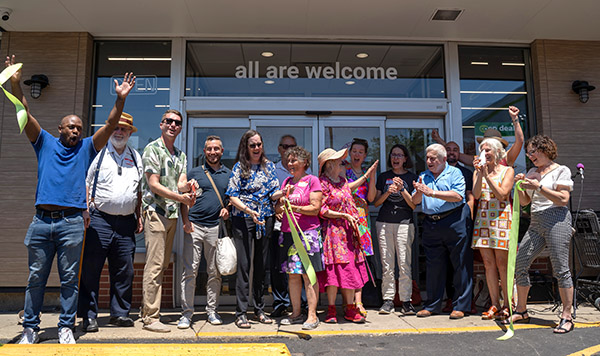Those working in redevelopment have undoubtedly heard about transit-oriented development (TOD). In TOD, transit lines are the backbone of individual projects or entire centers built around a station area. TOD can reduce automobile dependency and make a community more amenable to walking and biking. More recently, equitable TOD (ETOD) has been advocated in response to the gentrification pressures that modern TODs often introduce, displacing the very people most reliant on transit out of the station area. Transportation equity is a relatively new concept to the affordable housing community. The importance of access to transportation has been acknowledged, but it has either been seen as an issue secondary in importance to housing availability or as too large and opaque to address. Recent research has shown that transportation equity can no longer be ignored and should receive nearly equal consideration as the availability of affordable housing. Fortunately, eTOD can be demystified, and success can be achieved in communities large and small, urban and suburban.
Data analysis can now visualize this graphically. The Center for Neighborhood Technology maintains the Housing and Transportation [Affordability] Index, which calculates the combined housing and transportation costs for most locations in the United States. In many locations, over half of a household’s income is consumed by housing and transportation costs. The cost of getting to and from a home for some low- and middle-income (LMI) renters and homeowners now rivals the cost of the home itself, especially in medium-sized and small cities, putting homeownership in jeopardy.





 Strengthening Transit Through Community Partnerships
Strengthening Transit Through Community Partnerships